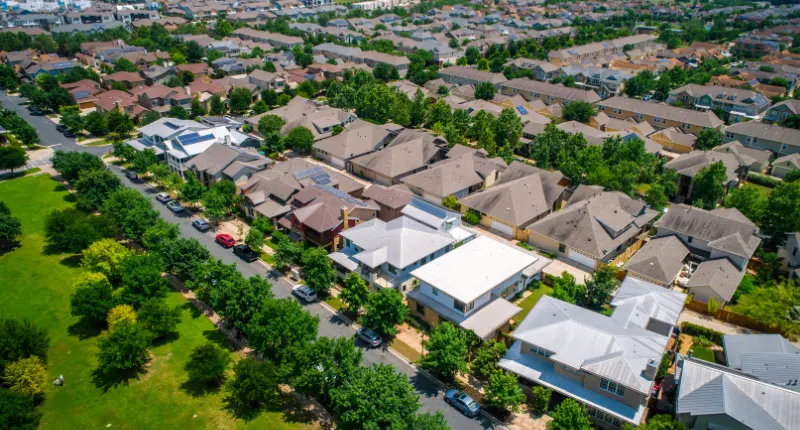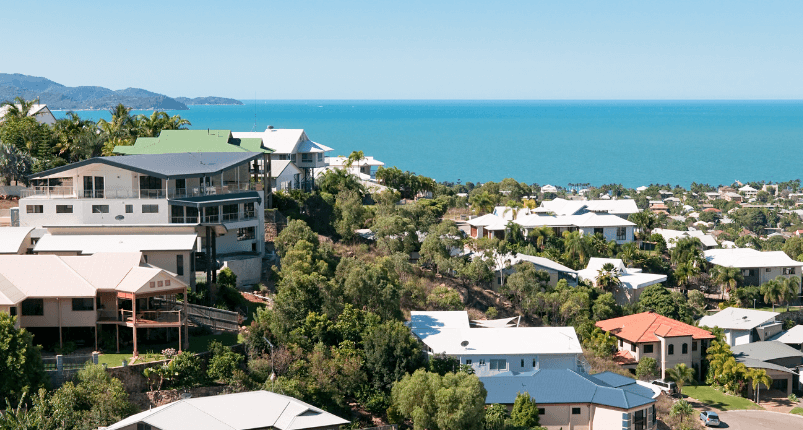- Adelaide was the only capital not to see a slowing of rental growth.
- Despite the slowing, Sydney, Brisbane, and Perth annual growth remained above 20%.
- Vacancies were 36% below the same time last year.
Rents across Australia’s industrial markets continue to rise, but the pace of rental growth has slowed.
The Knight Frank Australian Industrial Review Q2 2023 has found that industrial vacancies on the eastern seaboard remain constrained and underpin the ongoing rental growth. Vacancies across the eastern seaboard cities was 36% lower than the same time last year, at 526,806 square metres (sqm).
Available space increased by 19.5% for the quarter, led by Melbourne and Brisbane, while Sydney recorded a fall in available space.
| City | Vacancy change | Available space |
|---|---|---|
| Sydney | ↓ 27% | 32,175 sqm |
| Brisbane | ↑ 15% | 261,166 sqm |
| Melbourne | ↑ 37% | 233,465 sqm |
Source: Knight Frank Research.
Increases in industrial vacancy over the second quarter of this year were largely due to new speculative constructions, according to Knight Frank partner research and consulting, Jennelle Wilson.
“Available speculative space now accounts for 48% of total East Coast vacancy, with 42% of this still under construction and unavailable for immediate occupation,” she said.
“Leasing take-up increased by 27% in Q2 after a relatively quiet Q1, but remains lower than the frenetic levels of 2022, with activity still impacted by the lack of opportunities available.
“The strong supply pipeline for 2023 will help to ease the tight vacancy, particularly for the East Coast, with 2.6 million square metres on track to be delivered, but it won’t completely satisfy demand for modern industrial space.”
Rental growth slows
All markets, bar Adelaide, recorded a quarterly slowing in the pace of rental growth. Despite this, Knight Frank’s report noted the annual increases remain high across Sydney, Perth, and Brisbane, with annual growth all above 20%.
| City | Quarterly growth | Annual growth |
|---|---|---|
| Sydney | 4% | 39% |
| Perth | 0.4% | 27% |
| Brisbane | 3% | 24% |
| Adelaide | 5% | 14% |
| Melbourne | 2% | 13% |
Source: Knight Frank Research.
Adelaide recorded the strongest rental growth over the quarter of 5%, with this market entering a catch-up phase.
The relatively low volume of leasing deals over Q2 indicated tenants were taking a more critical look at their rental impost, with rising outgoings also pushing up total occupancy costs, said Knight Frank national head of industrial logistics, James Templeton.
“However, sustained demand for new space and ongoing tight supply will continue to put upward pressure on rents, albeit at a slower pace,” he said.
“Growth is expected to revert towards an annual pace in the range of five to eight per cent over the next 12 months.”
Investor appetite renewed
The report also found renewed investment demand, with the quarter recording $1.9 billion in transactions. Notably, there were more high-value transactions taking place.
While there was a similar number of recorded sales in Q2 compared with Q1, the turnover was $600 million-plus higher, reflective of significant sales of $100 million-plus.
The focal point of transactions was Sydney, recording the lion’s share of transactions at $1.3 billion.
Among other findings, land values stabilised, with some precincts starting to see a dip in value.
Renewed investment demand, particularly for large-scale assets and portfolios, was returning liquidity and confidence to the investment market, said Templeton.
“Perceived resilient tenant demand and ongoing rental growth have ensured an engaged, if discerning, buyer pool for Australian industrial assets,” he said.
“As inflation and the cost of funds landscape is appearing more settled, major investors have been quick to return to the industrial market.
“In the second half of the year the pace of activity is likely to pick up further as a more settled macroeconomic backdrop helps to narrow bid-ask spreads.”








